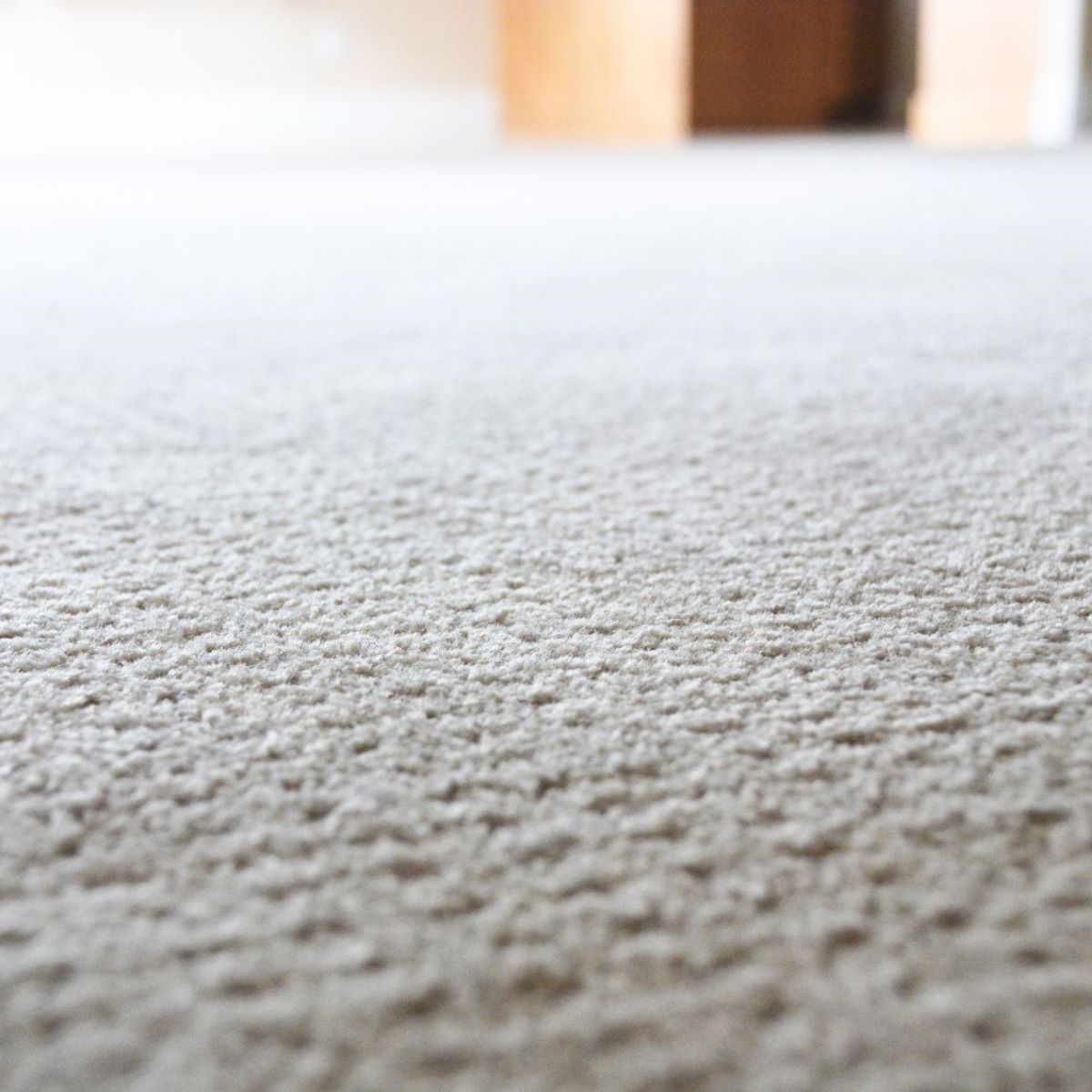Reading time: 3 minutes
Interior designers and space planners increasingly need to consider not just aesthetics but also functionality. Acoustic room design is becoming a more prominent focus in the planning process.
Specialist textiles can significantly improve both speech intelligibility and overall sound quality. This requires both an understanding of sound behaviour and the skilled selection and positioning of appropriate fabrics.
Fundamentals of room acoustics
To use textiles effectively for acoustic enhancement, it is essential to understand how sound behaves in indoor spaces. Sound travels in waves and interacts with surfaces, which either absorb or reflect it.
- Sound absorption means that materials take in sound energy and reduce reverberation.
- Sound reflection occurs on smooth surfaces, resulting in echoes and longer reverberation times (RT60), the time it takes for the sound pressure level to drop by 60 dB.
Reverberation time is a key indicator of acoustic quality. It is influenced by room volume, surface materials and furnishings. In large, minimally furnished spaces, reverberation time increases, which negatively affects clarity. Acoustic planning should therefore be tailored to the intended use of the room.
How can textiles improve acoustics?
Textiles primarily serve as sound absorbers. Their fibrous structure allows them to take in sound waves and reduce reflection, improving the acoustic environment. Curtains, carpets and upholstered furniture are typical examples.
Sound is absorbed in the spaces between fibres, which reduces reverberation and improves intelligibility. Key factors influencing sound absorption include material density, thickness and surface texture. The denser and more complex the textile structure, the more effective its acoustic performance.
Placement within the room also plays a crucial role. Curtains hung a few centimetres away from the wall can act as panel absorbers – mass-spring systems that convert sound energy into kinetic energy, further enhancing their effect.
Selecting textiles for acoustic performance
Both material properties and placement determine a fabric’s acoustic efficiency. A key performance indicator is the specific airflow resistance, ideally between 0.8 and 2.5 kPas/m. This value indicates how easily air – and thus sound – passes through a material.
Thicker, highly absorbent fabrics are not suitable for every setting. To balance aesthetics and acoustic function, thin fabrics can be pleated to increase airflow resistance – sometimes doubling or tripling it. This method is particularly effective for high-frequency sound absorption.
The DIN EN 11654 standard categorises materials into five absorber classes based on their weighted sound absorption coefficient (αw):
- Class A: Very high absorption (αw: 0.90 – 1.0)
- Class B: High absorption (αw: 0.80 – 0.85)
- Class C: Moderate absorption (αw: 0.60 – 0.75)
- Class D: Low absorption (αw: 0.30 – 0.55)
- Class E: Very low absorption (αw: 0.15 – 0.25)
In addition to material choice and draping, weaving techniques influence acoustic behaviour. Specific textures allow for targeted diffusion of sound waves, helping to create balanced acoustic environments.
Conclusion: Shaping acoustics with textiles
Acoustics are an essential aspect of contemporary interior design. Sound-absorbing textiles offer versatile solutions to improve audio quality across a range of applications. Their performance is based on fibre structure, material properties and thoughtful integration. This makes it possible to optimise room acoustics without compromising on visual design.
FAQ: Frequently asked questions
How do textiles improve room acoustics?
Textiles absorb part of the sound energy and convert it into heat or motion. This applies to curtains, upholstered furniture and textile wall coverings. Effectiveness depends on the material type and thickness.
Which fabrics are best for sound absorption?
Heavy fabrics with complex surfaces – such as felt – offer excellent acoustic properties. Their effect can be enhanced through specialised weaves and smart positioning, such as spacing from walls or pleating.
Can acoustic textiles also be aesthetically pleasing?
Yes – modern acoustic fabrics are far more than just grey felt. Thanks to collaboration between material researchers and acoustic designers, today’s solutions combine technical performance with appealing aesthetics – from decorative curtains to textured wall panels.










